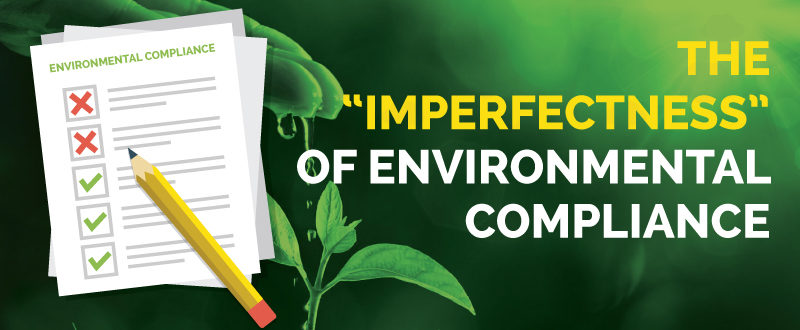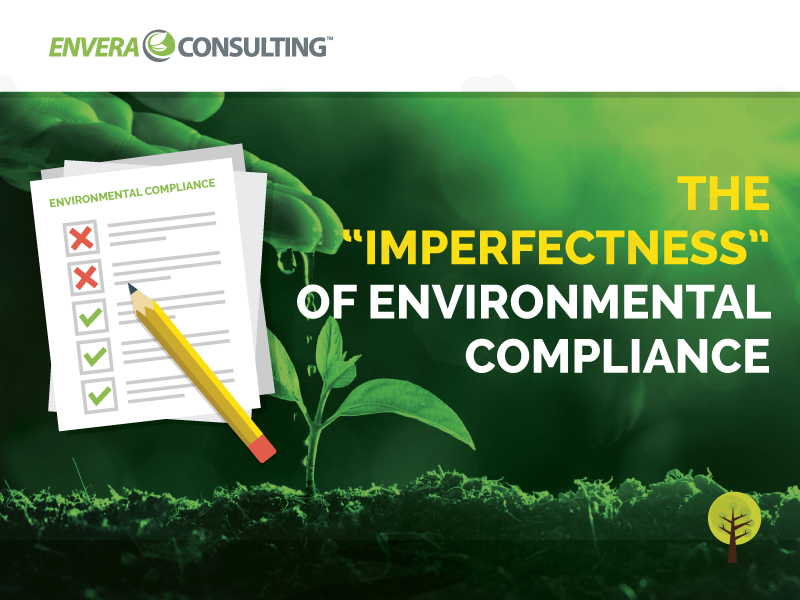

One of the most fascinating books that I’ve recently read is Complications: A Surgeon’s Notes on an Imperfect Science by Atul Gawande. In it, Gawande writes about some of the imperfections associated with medicine.
In one of the more salient points of the book, Gawande says, “As pervasive as medicine has become in modern life, it remains mostly hidden and often misunderstood. We have taken it to be more perfect than it is and less extraordinary than it can be.”
He goes on to add that “we look for medicine to be an orderly field of knowledge and procedures. But it’s not. It’s an imperfect science, an enterprise of constantly changing knowledge, uncertain information and fallible individuals, and at the same time lives on the line. There is science in what we do, yes, but also habit, intuition, and sometimes plain old guessing.”
Those words struck a chord with me because, just like medicine, environmental compliance is sometimes about plain old guessing. It’s an imperfect science with constantly changing knowledge, uncertain information, and — yes — lots of room for human error.
There’s no denying that the number and complexity of environmental regulations has increased several fold. The code of federal regulations is so complex that reading it can often feel like reading a long-dead language (one that died for good reason). It’s enough to put you to sleep.
On top of that, regulations for a single piece of equipment can vary at the local, state, and federal levels, making the overall code difficult to interpret, work with, and, most importantly, implement.
As I’ve written about before, regulations are easy: They’re discrete — black and white. They tell you exactly what you can and cannot do. The real challenge comes when you take those black-and-white regulations and try to implement them in an environment that is constantly changing. Then that simple black and white becomes every shade of gray in the Pantone spectrum.
And it’s up to you to interpret the regulations correctly.
Just as the internet is still debating whether a particular dress is black-and-blue or gold-and-white, there are regulations that divide the environmental-compliance community as to how they should be interpreted. And as regulations become more complex, more tools will be needed to deal with this imperfect science.
At this point, the best tool currently at our disposal is old-fashioned information-gathering.
Even though science tells us that having more information won’t necessarily help us make a better decision (or guess), I beg to differ. When it comes to environmental compliance, having more information about the regulation may help us make better decisions, because it allows us to gain context.
From my own experience, I can tell you that, when it comes to environmental compliance, context is probably the most critical and important component in making the right choice. And the context that we’re most often looking for is the reasoning, background, or goal of why a certain regulation was written the way it was.
So, where can you find context?
For regulations, you’ll need to look at rule-making documents, staff reports, and internal policies that were generated when a rule was created or passed (collectively, the “why” of a rule). You should be able to get this information from the regulatory agency’s website or through a public records request.
However, experience has also told us that it’s one thing to know about these documents, but quite another to actually get your hands on them.
So in the end, environmental compliance, like medicine, is not perfect (but it tries to be).
And as the rules get more complex, knowing how to navigate and implement these rules may end up being more of an exercise in guessing than you may think. Hopefully, you have enough context to guess correctly.
And if you don’t, contact us and we’ll guide you through it.